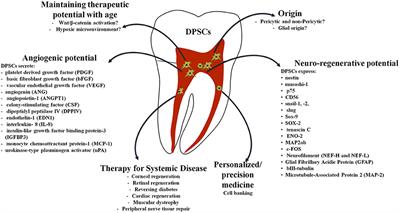MINI REVIEW
Published on 11 Oct 2018
Platelet-Rich Plasma and Platelet-Rich Fibrin Can Induce Apical Closure More Frequently Than Blood-Clot Revascularization for the Regeneration of Immature Permanent Teeth: A Meta-Analysis of Clinical Efficacy

doi 10.3389/fbioe.2018.00139
- 15,086 views
- 82 citations



